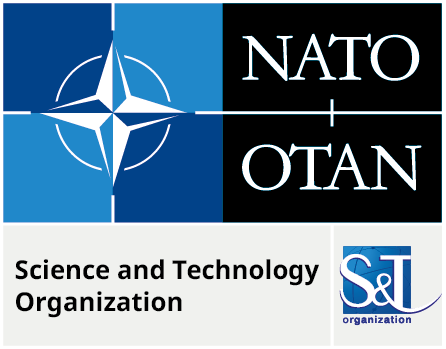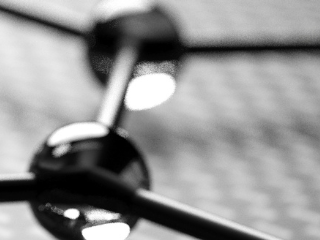Introduction
Author(s): Raymond M. Kolonay
|
The meeting brought together over 85 participants from 15 countries and was divided into three primary sessions: novel materials, novel design methods, and novel manufacturing techniques for military vehicles. Each session had a keynote presentation, followed by the exposition of several technical papers, in turn followed by a panel discussion. The keynote presentations and papers provided a good mix of industry research (at a higher technology readiness level/manufacturing readiness level [TRL/MRL]) and academic research (at a lower TRL/MRL). The design methods discussed ranged from the component level to full system level, while much of the materials discussion was focused on moderate to high temperature materials, along with meta-materials. The manufacturing session focused on additive manufacturing and automated composite lay-ups. To advance the development of novel materials and manufacturing techniques, particularly for extreme environments, it is essential to foster tight collaboration between materials scientists, design engineers, and manufacturing experts.


